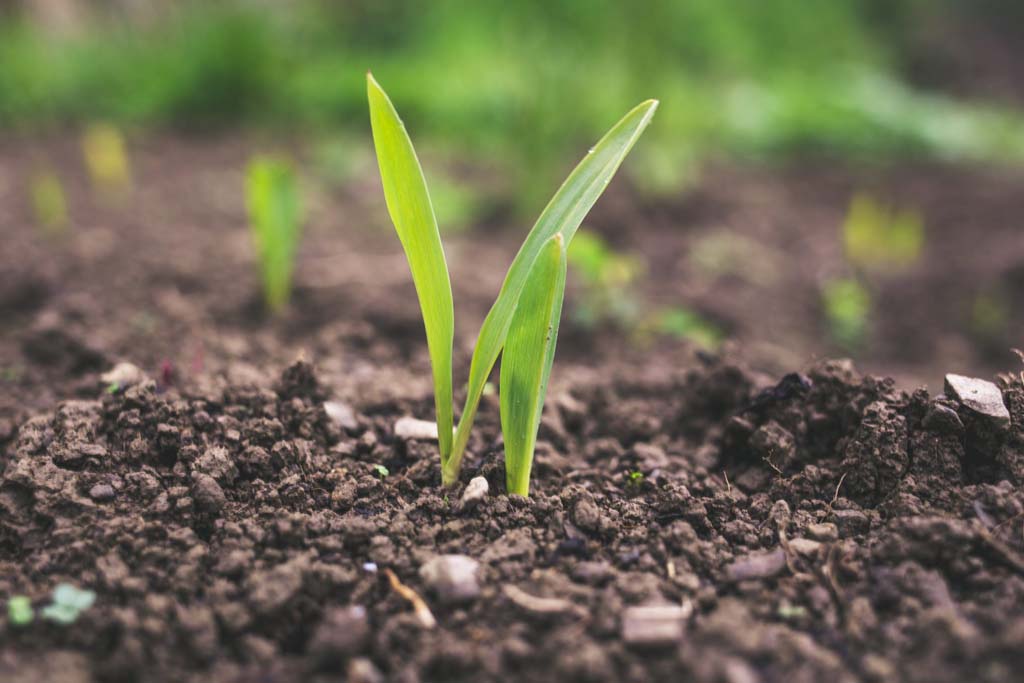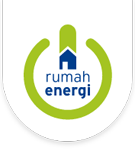Meet the Need for Food from the Home

Since last March the government has imposed Large Scale Social Restrictions (PSBB) in various cities and regions in connection with preventing the spread of the Covid-19 virus pandemic. This, of course, has an impact on work or study activities that must adapt to change and be centralized at home. Not only activities, in economic and social aspects, consumer patterns also change.
Therefore, food security is one of the most important things especially in maintaining public health, continuing the discussion at Yayasan Rumah Energy Webinar entitled “Indonesian Food Security during the Pandemic Period” on April 23, 2020, which reminded us to actively participate in maintaining resilience food. How to? The following is a brief review of the simple things we can do to maintain our food stability. Of course, there are a variety of forms of choice to participate in maintaining the stability of food needs. The three simple steps that we will outline below are related to each other and can be started one by one from what can be done at home:
- Buy enough food and spend food. The earliest step to meeting food needs is to buy food ingredients (vegetables or fruit) as needed so that there is no excess food and is wasted. The workaround is to make weekly plans to cook your food at home. Another way that can also be used as a means to share, if indeed have excess food and conditions are still feasible is to share it with people in need.
- Grow your own vegetables. Further stages in meeting food are to grow crops at home. This activity allows us to produce our own food if the situation does not allow us to buy vegetables in the market. Gardening can be started by growing vegetables that are preferred or cooking spices at home. In addition to getting crops, we can also divert fatigue from this PSBB. The potential for gardening certainly needs to be adjusted to the location and size of the farming area. Many methods can be applied with minimal lands, such as the first method, namely the verticulture method, which is planting vertically (stratified) using paralones or bottles in a narrow space. The second method is the hydroponic method with the growing media in the form of water and sufficient nutrient content. The third method is the aquaponic method, which is a cultivation that combines cultivation with symbiotic aquaculture (fish). The third method of Wall Gardening: Basically almost the same as the verticulture method. However, the difference is, this method uses walls as a planting medium.
- Separating waste based on its nature. Waste can be illustrated as goods that have no value anymore. But in reality, waste still has added value when it is sorted. Sorting based on overall household waste can be divided into 2 large groups:
- Organic trash Is the rest of the vegetables/fruits/foods that can still experience decomposition naturally by microorganisms. These food scraps can have additional value if properly processed, for example, is a simple method of composting or another method that gives more added value is biogas (will be discussed specifically in the next article). The composting method will produce compost, while biogas will produce gas that can be used as fuel for cooking or converted into electricity and by-products in the form of solid and liquid bio-slurry which is used as natural fertilizer such as compost.
- Non-Organic Trash The rest of non-organic materials such as plastic or paper cannot be avoided. Both types of waste cannot be decomposed naturally so what can be done is to collect, distribute to waste collectors of plastic or used paper and waste banks. Another alternative is to be made into eco-bricks or unique handicrafts.


